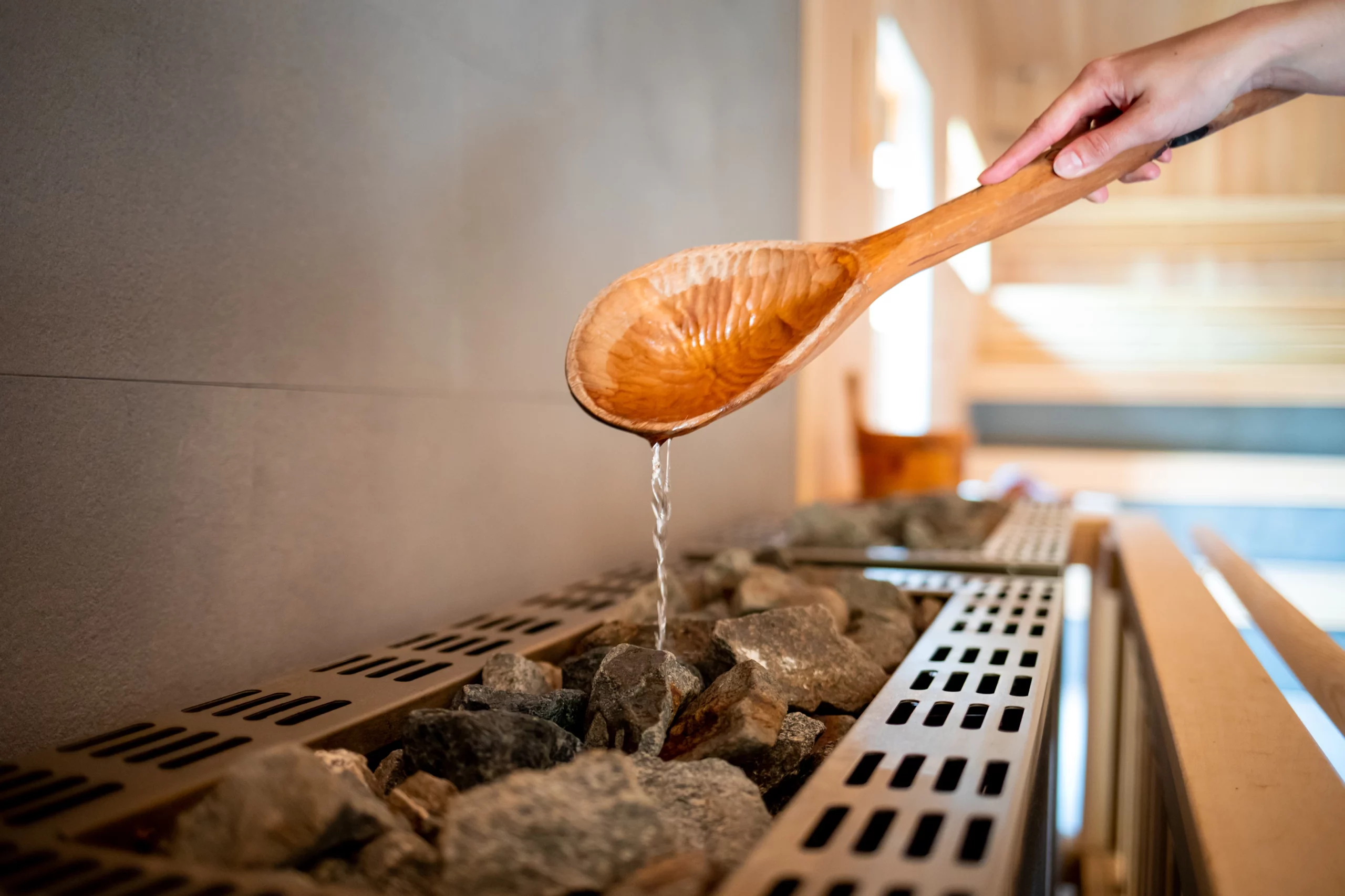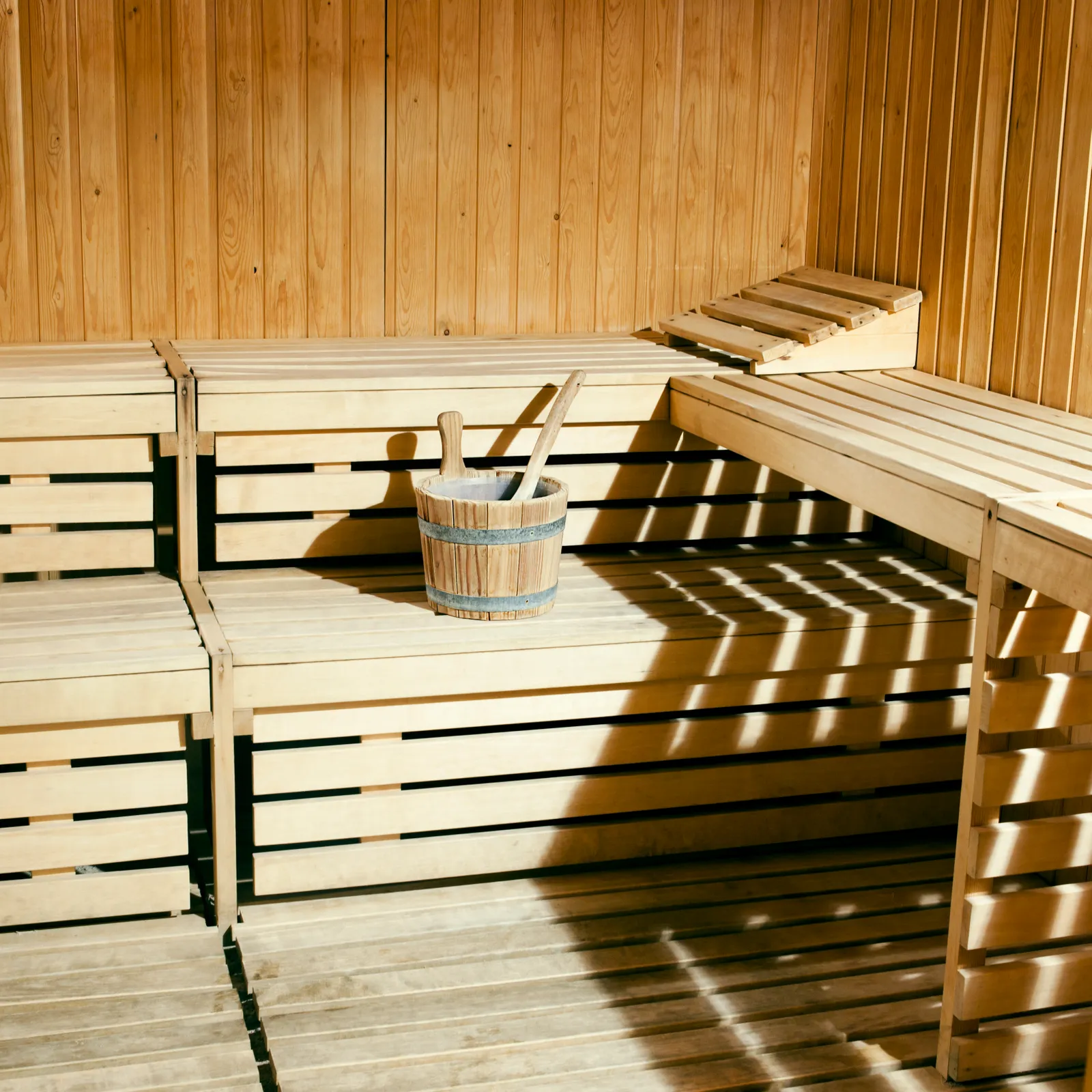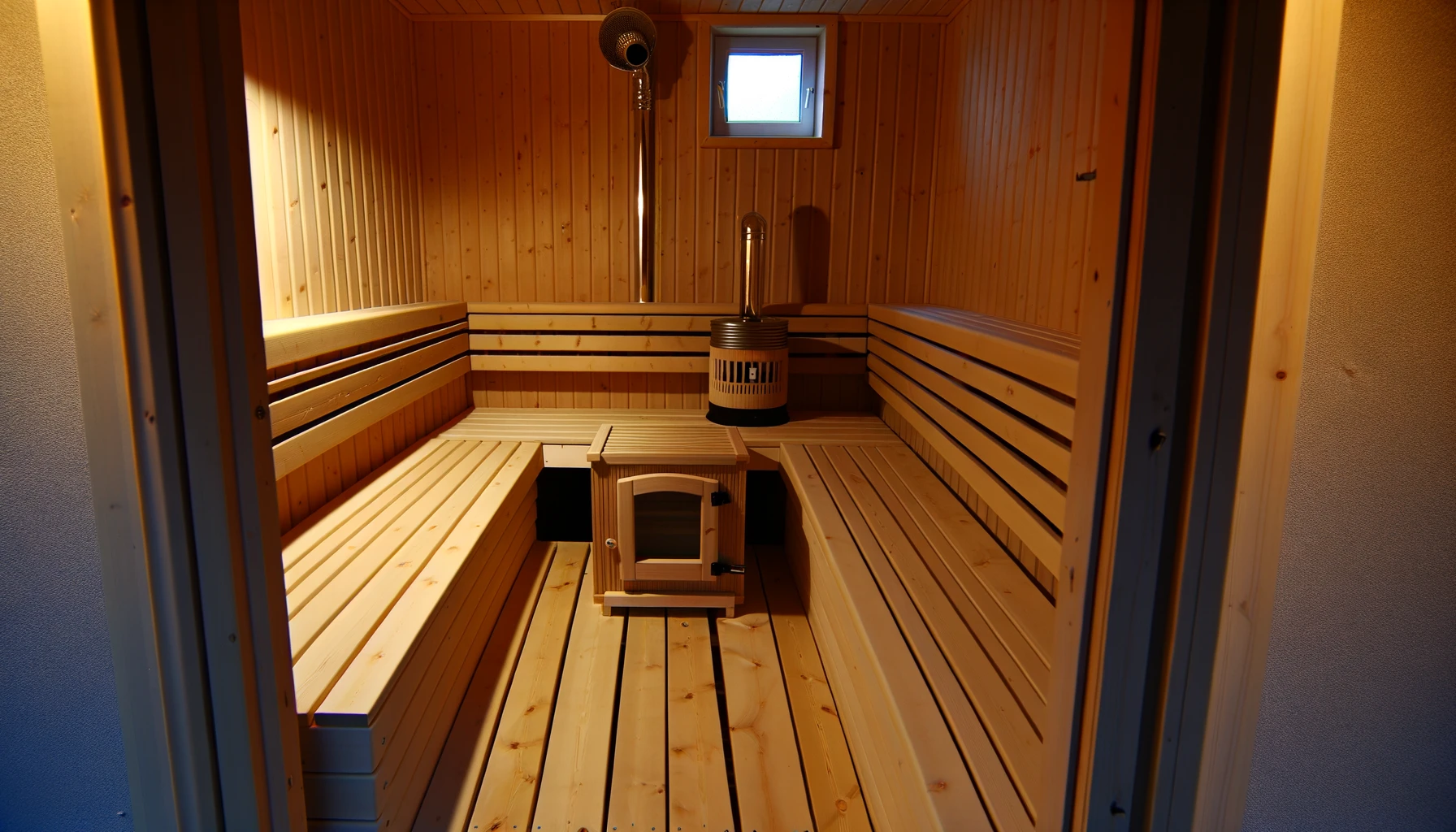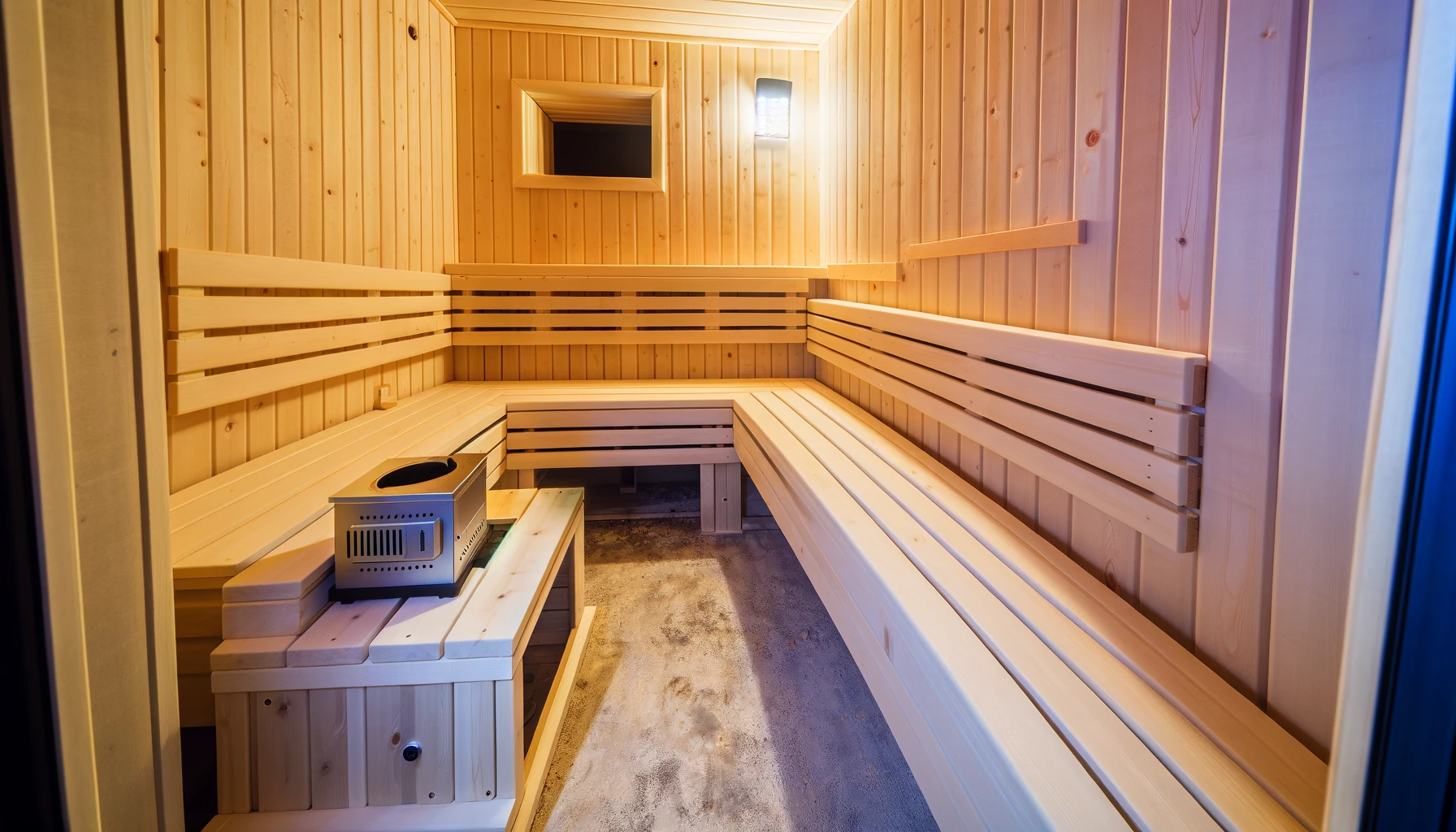Dreaming of a cozy sauna retreat at home but unsure about DIY sauna heating options? Wonder no more! Dive into this guide to discover practical and cost-effective ways to heat up your DIY sauna project. From electric heaters to wood stoves, we’ve got you covered with insights on each option’s pros and cons. Whether you’re aiming for a quick warm-up or a traditional steam experience, there’s a heating solution tailored just for you. Say goodbye to chilly days and hello to the soothing warmth of your very own homemade sauna oasis. Ready to turn up the heat? Let’s explore the world of DIY sauna heating together!
Key Takeaways
- Choose Wisely: When selecting a heat source for your DIY sauna, consider factors like cost, installation ease, and personal preferences.
- Safety First: Whether opting for a wood-burning stove or an electric heater, prioritize safety measures to prevent accidents and ensure a relaxing sauna experience.
- Efficiency Matters: Evaluate the efficiency of different sauna heater types to ensure optimal heat distribution and energy savings.
- Regular Maintenance: Implement routine maintenance practices to prolong the lifespan of your sauna heater and keep your sauna in top condition.
- Personalize Your Experience: Tailor your sauna heating choice to match your desired sauna experience, whether you prefer traditional wood-burning stoves or modern infrared options.
- DIY Success: With the right knowledge and tools, building and maintaining a DIY sauna can be a rewarding and cost-effective project.
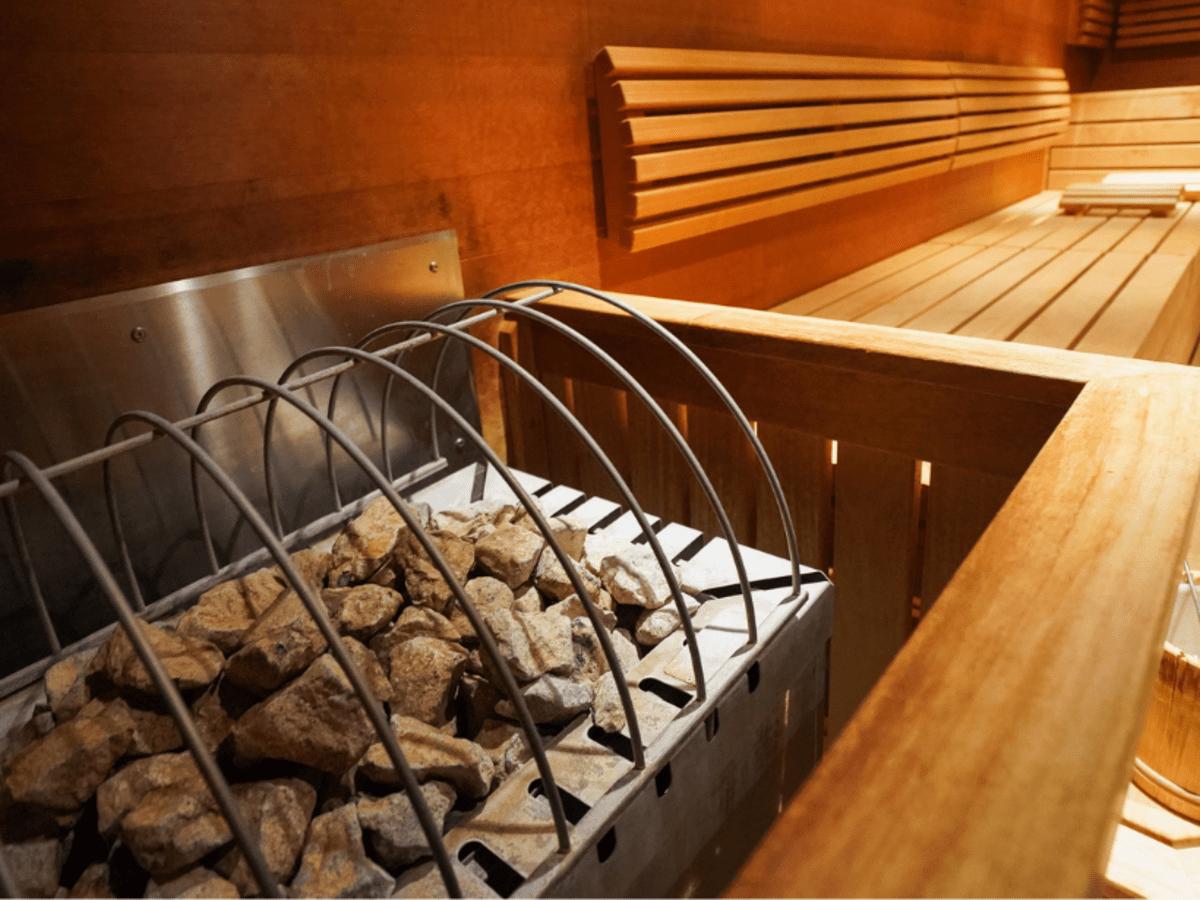
Understanding Sauna Heating
Types of Heaters
There are several types of heaters you can choose from. Electric heaters are a popular choice for their ease of installation and use, making them suitable for beginners in sauna building. Wood-burning stoves offer a traditional sauna experience with the crackling sound and aromatic scent of burning wood.
Another option is infrared heaters, which provide direct heat to the body without significantly heating the air around you. This type is energy-efficient and heats up quickly compared to other heater types. Each heater has its unique features, so consider your preferences and needs when selecting one for your DIY sauna project.
- Electric heaters: Easy installation
- Wood-burning stoves: Traditional experience
- Infrared heaters: Direct heat to the body
Factors for Choice
When deciding on a sauna heater for your DIY project, there are essential factors to keep in mind. Consider the size of your sauna space as different heaters have varying heat capacities. Think about how quickly you want your sauna to reach optimal temperature and whether you prefer dry or wet heat. Budget is also crucial as some heater types may require additional ventilation systems or professional installation services.
Key considerations include:
- Size of sauna space
- Heat-up time preference
- Dry vs wet heat preference
- Budget constraints
Indoor vs Outdoor
Choosing between indoor and outdoor sauna heating options depends on various factors such as available space, convenience, privacy, and personal preferences. Indoor saunas offer year-round usability without being affected by external weather conditions but may require proper ventilation systems due to limited airflow indoors. On the other hand, outdoor saunas provide a natural ambiance surrounded by nature while allowing steam release without concerns about moisture accumulation inside living spaces.
Comparing benefits:
- Indoor: Year-round usability
- Outdoor: Natural ambiance
DIY Sauna Heater Types
Wood-Burning Stoves
Wood-burning stoves are a classic choice for heating saunas, offering a traditional and authentic sauna experience. They provide a unique ambiance with the crackling sounds of burning wood, enhancing relaxation during sauna sessions. However, it’s essential to consider the maintenance involved in handling wood fires, such as storing firewood and cleaning ash.
When opting for wood-burning stoves in DIY saunas, you benefit from the natural heat produced by burning wood, creating an atmosphere that many sauna enthusiasts cherish. On the downside, regulating temperature can be challenging compared to other heating options due to variations in wood combustion.
Pros:
- Authentic sauna experience
- Natural heat source
- Enhanced ambiance
Cons:
- Maintenance required
- Temperature regulation challenges
Electric Heaters
Electric heaters are popular for their ease of use and efficiency in maintaining consistent temperatures within saunas. They offer quick heating capabilities and precise temperature control, ideal for those seeking convenience in their DIY sauna projects. Moreover, electric heaters eliminate the need for manual fueling or ventilation systems.
Choosing an electric heater ensures that your DIY sauna heats up rapidly without much effort on your part. These heaters come in various sizes and designs to accommodate different sauna sizes and personal preferences while ensuring energy efficiency throughout usage.
Advantages of Electric Heaters:
- Ease of use
- Consistent temperature control
- Energy-efficient
Selecting an Electric Heater:
- Determine your sauna size.
- Consider power requirements.
- Choose a design that complements your DIY project.
Wood-Burning Sauna Stoves
Benefits
Using wood-burning sauna stoves offers various advantages. These stoves provide a traditional and authentic sauna experience, enhancing relaxation and promoting a cozy atmosphere. By selecting the right heating option for your DIY sauna, you can improve heat distribution, ensuring an even temperature throughout the space. This contributes to a more comfortable and enjoyable sauna session.
Wood-burning sauna stoves also add aesthetic appeal to outdoor saunas, creating a rustic ambiance that many people find appealing. These heaters are cost-effective in the long run as they rely on wood as fuel, which can be readily available at a lower cost or even free if sourced from your property or surroundings. The use of wood as fuel is environmentally friendly compared to other energy sources commonly used for heating.
Installation Tips
To ensure successful installation of wood-burning sauna stoves in your DIY project, consider essential tips such as proper ventilation requirements for safe operation. Adequate spacing around the stove is crucial to prevent overheating and potential fire hazards within the sauna structure. It’s important to follow manufacturer guidelines closely during installation to guarantee optimal performance and safety.
Key factors like chimney placement should be carefully planned during installation to facilitate efficient smoke extraction while maintaining indoor air quality in outdoor saunas equipped with wood-burning stoves. Ensuring that all components are securely installed according to specifications will help prevent accidents or malfunctions down the line.
Maintenance Tips
Proper maintenance is vital for prolonging the lifespan of wood-burning sauna stoves in DIY setups. Regularly cleaning ashes from the stove and chimney prevents blockages that could lead to poor ventilation or fires. Inspecting the stove’s condition periodically helps identify any signs of wear or damage early on, allowing for timely repairs.
Routine care practices include checking door seals for tightness and addressing any leaks promptly to maintain heat efficiency in your outdoor saunas with wood-burning heaters. Keeping combustible materials away from the stove area reduces fire risks and ensures safe operation throughout its lifespan.
Electric Sauna Heaters
Advantages
Electric sauna heaters offer several advantages for DIY saunas. They are easy to install and do not require the same level of maintenance as wood-burning stoves. Sauna heating with electric heaters is more convenient, allowing you to control the temperature precisely. This type of heater also heats up quickly, providing a faster sauna experience.
One key benefit of electric sauna heaters is their versatility. Person saunas come in various sizes, and electric heaters can efficiently heat both small and large spaces without compromising on performance. These heaters are energy-efficient, helping you save on electricity costs in the long run while still providing an effective sauna experience.
Setup Guide
Setting up an electric sauna heater in your DIY sauna is a straightforward process that can significantly enhance your overall sauna experience. Begin by selecting a suitable location for the heater within your sauna, ensuring proper ventilation around it for safety reasons. Next, follow the manufacturer’s instructions carefully to install the heater correctly.
Once installed, make sure to test the heater before using it regularly to ensure it functions correctly and reaches your desired temperature levels during operation. Adjust settings as needed based on personal preferences for heat intensity and duration of use when enjoying your homemade sauna sessions.
Safety Measures
When operating any type of heating option in saunas, including electric sauna heaters, safety should always be a top priority. To create a secure environment while using your DIY sauna setup with an electric heater, remember essential precautions such as never leaving the heater unattended during use or overnight. Always follow manufacturer guidelines regarding safe distances from combustible materials and proper ventilation requirements.
Another important safety measure is installing smoke alarms near your home-built sauna area to alert you in case of any issues related to excessive heat or malfunctioning equipment that could potentially lead to fire hazards.
Infrared Sauna Options
How It Works
In a DIY sauna, infrared sauna heating options work by emitting infrared light that is absorbed by the body directly. Unlike traditional saunas that heat the air around you, infrared heaters warm your body from within. This deep heat penetration helps increase blood circulation and promote relaxation. For example, if you choose to install carbon fiber or ceramic infrared heaters in your homemade sauna, they will emit far-infrared radiation that can penetrate up to 1.5 inches into your skin.
These sauna heating options offer various advantages such as detoxification through sweating and improved circulation. The gentle heat provided by infrared heaters can help relieve muscle tension and reduce joint pain for users seeking therapeutic benefits from their sauna sessions. By choosing an appropriate heater for your DIY sauna project based on its healing properties, you can enhance not only physical well-being but also mental relaxation during each session.
Health Benefits
The installation considerations for infrared sauna heating options are crucial when setting up your DIY sauna project. Factors like the size of the heater, electrical requirements, and ventilation needs should be carefully assessed before installation begins to ensure safety and efficiency in operation. Understanding how different types of infrared heaters function will help you integrate them seamlessly into your home spa setup while maximizing their therapeutic benefits.
Pros:
- Directly warms the body
- Promotes better blood circulation
- Offers deep heat penetration
Cons:
- May require professional installation
- Initial cost might be higher than other heating options
Gas Heaters for Saunas
Efficiency
Gas heaters are renowned for their efficiency in heating saunas quickly and effectively. When comparing different sauna heater types, gas options often stand out due to their high energy efficiency ratings. Understanding these ratings can help you select a heating option that aligns with your sauna’s specific requirements. For instance, propane gas heaters have excellent performance levels and are known for their quick heating capabilities.
To ensure optimal performance, it’s crucial to seek expert advice on the installation of gas heaters in your DIY sauna. Professionals can provide valuable tips and recommendations to guarantee successful installation, preventing common pitfalls that may arise during the process. Proper installation not only enhances the heater’s efficiency but also contributes to a safer sauna experience overall.
Installation Advice
When installing gas heaters for saunas, following safety guidelines is paramount to create a secure environment for users. It is essential to adhere strictly to detailed safety guidelines provided by manufacturers when operating gas heating options in DIY saunas. By following these important rules and precautions diligently, you can safeguard the well-being of individuals using the sauna.
Safety Guidelines
The safety guidelines associated with using gas heaters in saunas include proper ventilation measures within the sauna space to prevent carbon monoxide buildup from the burning fuel source. Maintaining a safe distance between combustible materials and the heater itself is crucial in avoiding fire hazards or accidents within your DIY sauna setup.
Remember always to perform regular maintenance checks on your gas heater as part of ensuring its longevity and continued safe operation within your home sauna environment. By prioritizing safety through adherence to specific guidelines related to operating gas heaters, you can enjoy a relaxing and worry-free sauna experience right at home.
Selecting the Right Heat Source
Assessing Needs
Understanding your specific requirements is crucial. Consider factors like sauna size, desired temperature range, and frequency of use. For example, if you have a small sauna used infrequently, a compact electric heater might suffice.
To determine the most suitable heat source for your DIY sauna project, assess your preferences too. Some may prefer the dry heat from an electric stove while others enjoy the steam created by a wood-burning stove. Your personal preference will play a significant role in selecting the right heater.
Consideration should also be given to installation requirements when choosing a heat source. Electric heaters are typically easier to install compared to wood or gas options which may require professional assistance for proper setup.
Comparing Costs
Comparing costs associated with different types of sauna heaters is essential for budget-conscious individuals. Electric heaters are often more affordable upfront but can lead to higher energy bills long-term due to their consumption rates.
Gas or wood-burning stoves may have higher initial costs but could be more cost-effective over time depending on usage patterns and fuel prices in your area. Evaluate not only purchase price but also operating expenses when comparing DIY sauna heating options.
Energy Efficiency
Exploring energy-efficient heating choices is vital for those aiming to build an eco-friendly DIY sauna. Opting for LED lighting within saunas can reduce electricity usage significantly while still providing ample light for relaxation sessions.
Choosing an energy-efficient heat source, such as infrared panels or hybrid stoves that combine multiple technologies, can help lower long-term operating costs and minimize environmental impact through reduced energy consumption.
Building a Sauna at Home
Planning Stage
Proper planning is crucial when considering DIY sauna heating options. During the initial planning phase, key factors to include are the size of your sauna space, desired temperature range, and power supply availability. Incorporating heating considerations into your overall sauna design plan ensures efficient heat distribution within the space. For example, if you opt for an electric heater, ensuring access to a dedicated power source is essential.
When constructing your DIY sauna, integrating heating options seamlessly is vital for optimal performance. Essential tips include positioning the heater strategically for even heat distribution and following manufacturer guidelines for safe installation. By carefully integrating heaters into the overall structure, you can prevent heat loss and create a comfortable sauna environment. Ensuring proper ventilation around the heater area enhances safety and efficiency during sauna sessions.
Personalizing Experience
Personalizing your sauna experience involves selecting a heater that aligns with your preferences and usage patterns. Explore customization options available with different types of heaters such as wood-burning stoves or infrared panels to enhance comfort levels in your sauna space. For instance, if you enjoy traditional experiences, a wood-burning stove adds authenticity to your sessions while infrared panels offer quick heat-up times for those seeking convenience.
To enhance enjoyment during each session in your DIY sauna project consider how different heaters can impact your overall experience positively or negatively:
- Wood-burning stoves: Pros – Authenticity; Cons – Requires regular maintenance.
- Infrared panels: Pros – Quick heat-up times; Cons – Limited coverage area.
- Electric heaters: Pros – Easy installation; Cons – Higher operational costs over time.
Sauna Installation Considerations
Space Requirements
When considering DIY sauna heating options, it’s crucial to understand the space requirements for different types of sauna heaters. Electric heaters usually need less space compared to wood-burning stoves, which require clearance around them for safety reasons. To determine the appropriate amount of space needed, check the manufacturer’s guidelines or consult with a professional. Spatial limitations should be carefully considered when selecting a heating option for your DIY sauna to ensure safe and efficient operation.
Proper ventilation is essential in any sauna setup. Different sauna heaters have specific ventilation requirements that must be met to guarantee optimal performance. Ensure proper air circulation by installing vents or exhaust fans according to the heater type you choose. Adequate ventilation not only enhances comfort but also prevents moisture buildup and maintains air quality within your DIY sauna.
Insulation Basics
Insulation plays a vital role in maximizing the efficiency of sauna heaters by retaining heat and improving overall performance. Proper insulation helps trap heat inside the sauna room, creating a comfortable environment while reducing energy consumption. Common insulation options include fiberglass, mineral wool, or foam boards applied on walls and ceilings to prevent heat loss. By investing in good insulation for your DIY sauna, you can enjoy energy savings over time while ensuring consistent heat retention during each session.
Sauna Maintenance Tips
Regular Cleaning
Maintaining cleanliness in your sauna is crucial for the longevity of your chosen DIY sauna heating options. To ensure a hygienic environment, incorporate regular cleaning practices such as wiping down surfaces, removing debris, and sanitizing frequently touched areas. By keeping your sauna clean, you not only extend the lifespan of the heating elements but also create a more enjoyable and safer experience for users.
To effectively clean your sauna heater, use mild soap and water to wipe down the exterior surfaces. Avoid harsh chemicals that can damage the heater components. Regularly check for any signs of wear or corrosion on the heater to address issues promptly before they escalate. By incorporating these simple cleaning techniques into your routine maintenance, you can maximize the efficiency and performance of your DIY sauna heating system.
Heater Care
Proper care practices are essential to extend the lifespan of your sauna heater and maintain its functionality over time. Ensure that all electrical connections are secure and free from damage by conducting periodic inspections. Dusting off vents and ensuring proper airflow around the heater prevents overheating and potential malfunctions. By following these care routines diligently, you can prevent costly repairs and enjoy consistent heat output from your DIY sauna heating option.
Regularly inspecting internal components like wiring and sensors can help identify any issues early on before they impact the overall performance of your heater system. Incorporate a schedule for deep cleaning where you disassemble parts carefully to remove dust buildup or debris that may hinder optimal functioning. By taking proactive measures in caring for your DIY sauna heater, you not only enhance its durability but also guarantee a safe and efficient heating experience every time.
Ventilation Check
Checking on sauna ventilation systems is equally important as maintaining your chosen heating option to ensure proper functioning within the space. Conduct regular checks on ventilation ducts to clear out any obstructions that might impede airflow or circulation within the sauna room itself. Proper ventilation not only enhances comfort during sauna sessions but also contributes to better air quality by reducing humidity levels inside.
When inspecting ventilation systems alongside DIY sauna heaters, pay attention to key factors such as fan operation, air intake/exhaust points clarity, and overall airflow distribution throughout different zones in the room.
Closing Thoughts
You’ve delved deep into the world of DIY sauna heating options, exploring wood-burning stoves, electric heaters, infrared choices, and even gas options. Now that you’re equipped with knowledge on selecting the right heat source, building and installing your sauna, and maintaining it effectively, you’re ready to embark on your sauna project. Remember, safety first! Choose wisely based on your needs and space availability. Whether you opt for the rustic charm of a wood-burning stove or the convenience of an electric heater, make sure your sauna experience is both relaxing and rejuvenating.
Take the plunge and turn your home into a sanctuary of warmth and relaxation. Your DIY sauna journey awaits – get ready to sweat it out in style! Enjoy the process and revel in the fruits of your labor. Happy sauna-building!
Frequently Asked Questions
What are the different types of DIY sauna heaters available?
There are various options for DIY sauna heating, including wood-burning stoves, electric heaters, infrared saunas, and gas heaters. Each type offers unique benefits in terms of installation ease, cost-effectiveness, and heat distribution.
How do I choose the right heat source for my DIY sauna?
Consider factors like your budget, space availability, desired temperature range, and heating efficiency when selecting a heat source. Wood-burning stoves offer traditional charm while electric heaters provide quick heating solutions.
Is building a sauna at home a complex task?
Building a home sauna can be manageable with proper planning and guidance. You’ll need to consider aspects like insulation, ventilation requirements, and safety measures during construction. With the right resources and tools, creating your own oasis is achievable.
What maintenance tips are essential for DIY saunas?
Regularly clean the sauna surfaces to prevent mold growth or damage. Check electrical components for any signs of wear or malfunction. Proper ventilation is key to preventing moisture buildup that could lead to structural issues over time.
Are there specific installation considerations for setting up a DIY sauna?
Ensure adequate space allocation for the sauna unit itself as well as safe distancing from combustible materials. Proper ventilation systems must be installed to maintain air quality within the enclosed space while following all local building codes regarding electrical installations.
